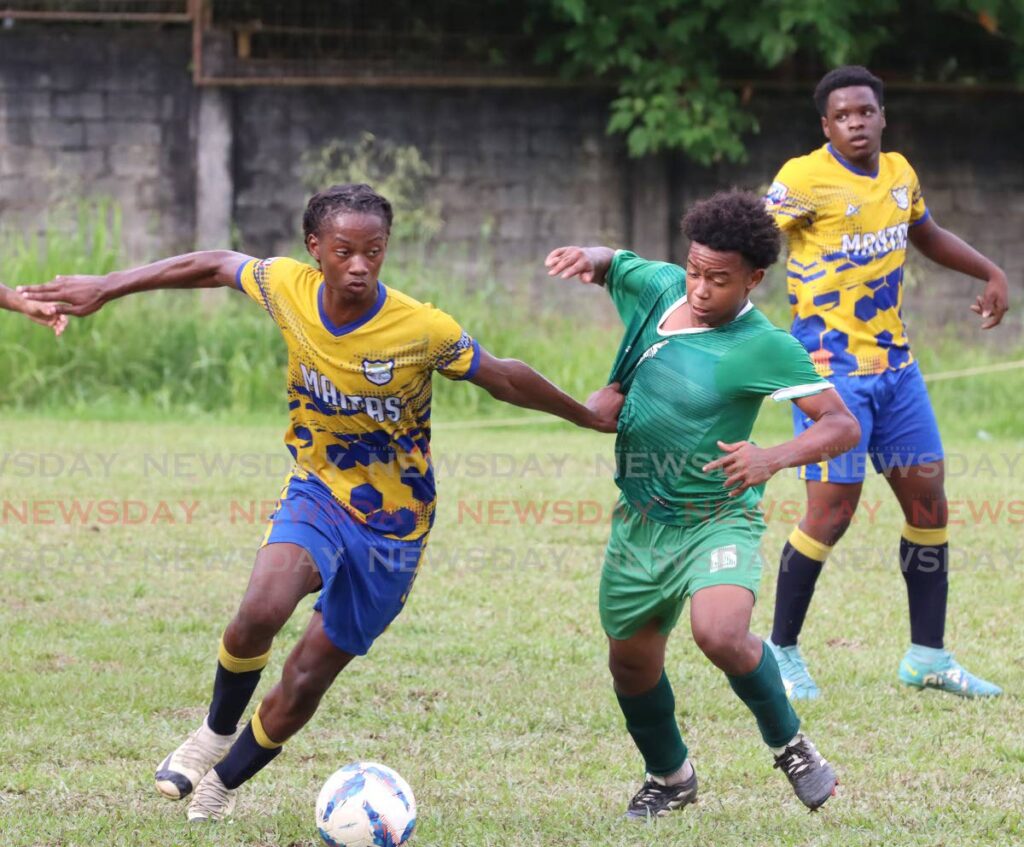Bullying and more licks home
Written by Ramesh Deosaran on October 27, 2024

This column seeks to bring light to the troubling problem of school violence, delinquency and licks (corporal punishment).
Two issues which need to be explored are:
• The extent to which students commit violence and delinquency at school compared to home.
• The kind and extent of punishment or sanctions which teachers and parents/guardians respectively applied to each act of violence or delinquency.
As minister of education (1995-2001), Ms Kamla Persad-Bissessar, upon requests, terminated corporal punishment (licks by teachers) in our schools. The TT Unified Teachers Association (TTUTA) also opposed licks in school. It adversely affects a child’s healthy development, it is said. Just like school bullying.
Quite frequently, though, some citizens, apparently fed up with indiscipline in schools, expressed regret at the termination, alleging that the termination has led to an “increase” in student indiscipline. They claim that “long time” with corporal punishment, violence and indiscipline were “much less.”
Licks at home is also frowned upon. Is licks a different form of bullying?
Anyhow, if licks is bad, it should be bad both at school as well as at home. So I decided to check my several research reports to see where children got more licks – at school or at home, and for what?
I start with a major report commissioned by and submitted to the Ministry of Education in 2006. (Benchmarking Violence and Delinquency in the Secondary School: Towards a Culture of Peace and Civility, pp 360. In UWI library).
To legitimise this project, then minister Ms Hazel Manning’s ministry recorded this assessment: “This was the first systematic, scientific and comprehensive study of school violence and delinquency ever done in the country.” With the results and recommendations, the empowered minister held a partnerships-seeking consultation at a packed auditorium at Hilton Hotel.
The situation has now grown worse. Education Minister Nyan Gadsby-Dolly obviously recognises the daunting complexities.
Briefly, we randomly selected 2,760 students from 20 secondary schools described as “high risk” by the ministry. We listed 22 acts of violence and delinquency (minor and serious) committed at school. For the home inquiry we listed 17 appropriate offences from this school list. That was just part of the large project.
Examples of results: At school, 17 per cent of the students said they frequently “drank alcohol” vs same students at home, 50 per cent frequently “drank alcohol.”
At school, four per cent vs at home: six per cent “used illegal drugs.”
At school, 16 per cent vs at home: 12 per cent were “involved in a gang.”
At school, 20 per cent vs at home: 21 per cent “used force against someone” to get something.
At school, 40 per cent vs at home: 37 per cent “hit or threatened to hit.”
At school, 22 per cent vs at home: 30 per cent were involved “in a fist fight without a weapon.”
At school, six per cent vs at home: 11 per cent were involved “in a fist fight using a weapon.”
All such results were classified by school type, gender, social class, race, religion, and parental status.
Students were then asked to say what kind of punishment/sanction they received for each offence at school and at home. Eleven options were given. These options ranged, for example, from corporal punishment (licks), calling police, apologies, discussing/mediating the offence, shouting, giving extra work, doing nothing at all, etc.
However, the school vs home punishment analysis took into account that around that time, there were anti-corporal punishment pressures on teachers. Parents/guardians faced no such formal pressures. Notwithstanding, in every one of the 17 listed offences, except for “littering” and “drinking alcohol,” students said parents/guardians inflicted significantly more licks on them that they got from the teachers at school – especially for the relatively serious offences.
Some examples: While four per cent of the students said their teachers gave them licks for using illegal drugs, 17 per cent of the same children said they got licks home for this offence. For hitting or threatening others, five per cent said their teachers gave them licks while over eight per cent said they got licks for this at home. For fighting without a weapon, it was five per cent for teachers giving licks vs 15 per cent at home. For fighting with a weapon, it was again five per cent for teachers giving licks vs 15 per cent at home.
This study exposed two important things:
• The surprising extent of and reasons for children getting more licks at home than at school
• The extent of and reasons for children getting licks at school – even against the ministry’s ruling.
Three issues arise:
• If students get licks – mild or severe – at home but not at school for the same offence, what is the implication for both students and teachers?
• It is easier to regulate teachers than parents/guardians at home. The law has its practical limits.
• Has the situation with licks, at school and home for children, changed today? We need to find out and help save the next generation.
The post Bullying and more licks home appeared first on Trinidad and Tobago Newsday.




